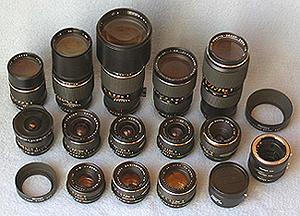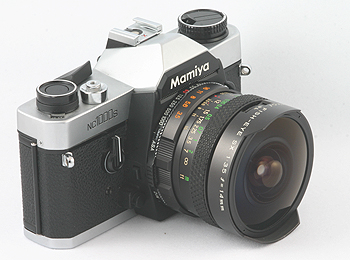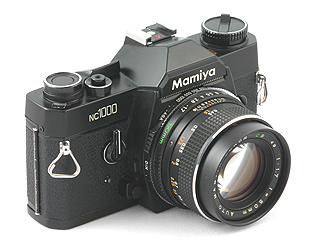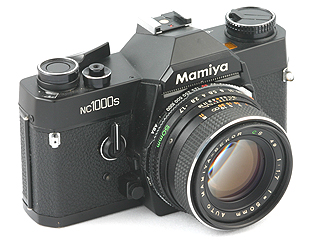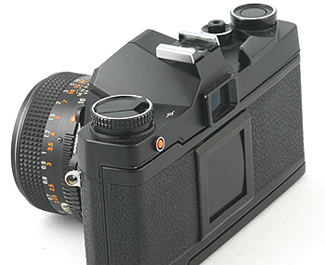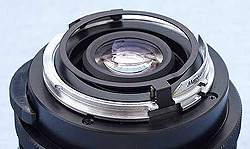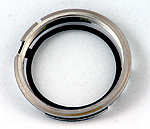|
|
Saved from 50 megs - site is unstable, images are missing on that site
Manuals for Mamiya 35mm at www.butkus.us |
 |
Home
What's New
Rangefinders
Prismat
Fixed Lens
TL & DTL
XTL & X-1000
MSX & DSX
Z-Series
Other Mamiya
Manuals
Related Links
Camera Prices
Lenses Prices
Rest of
Collection
FAQ
|
Mamiya NC1000 & NC1000s Cameras
The introduction of the Mamiya NC1000 marked a radical departure from the traditionally heavy Mamiya cameras that preceded it. A full eight-to-ten ounces lighter than any of its immediate predecessors, it was considered nimble and remarkably easy to handle. This significant weight reduction, combined with its sharp, contrasty optics, quickly generated a loyal following. It is one of my favorite Mamiya 35mm cameras! As always, each Gentle Reader is encouraged to share any new Mamiya NC1000 information by joining the Collecting Mamiya 35mm Forum ! |
|
|
Mamiya NC1000 & 1000s
I have no verification of this construction
change from any Mamiya literature, it is something also
mentioned by Joerg Krueger and Roland Stauber, two Mamiya
enthusiasts from Germany with whom I share information.
Thanks to Roland, I have
photos available to illustrate
this internal construction difference.
|
P-Mount Adapter
|
© R.L. Herron Saved for Historical Reference |
|
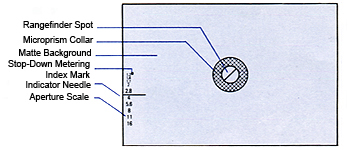
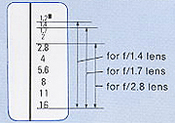 Indexing Mark Detail
Indexing Mark Detail
